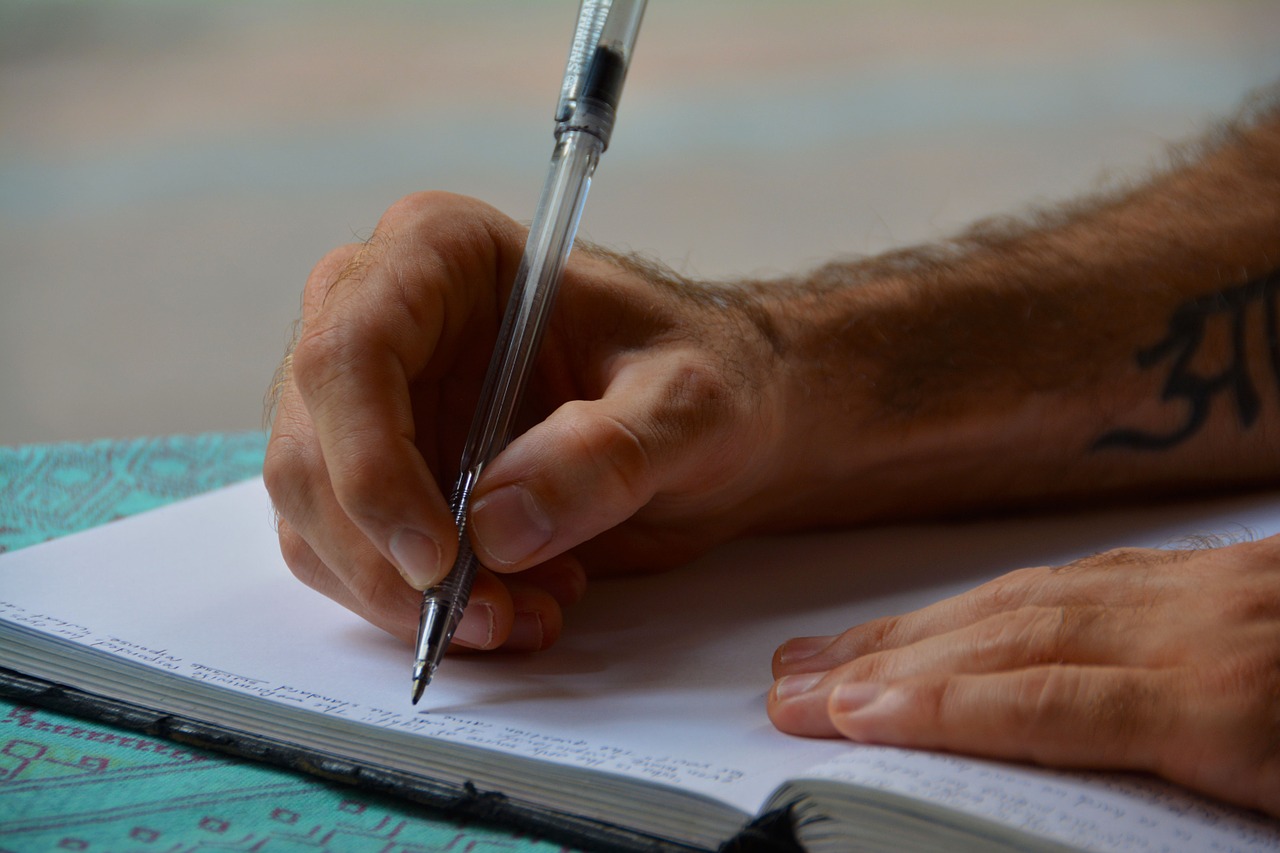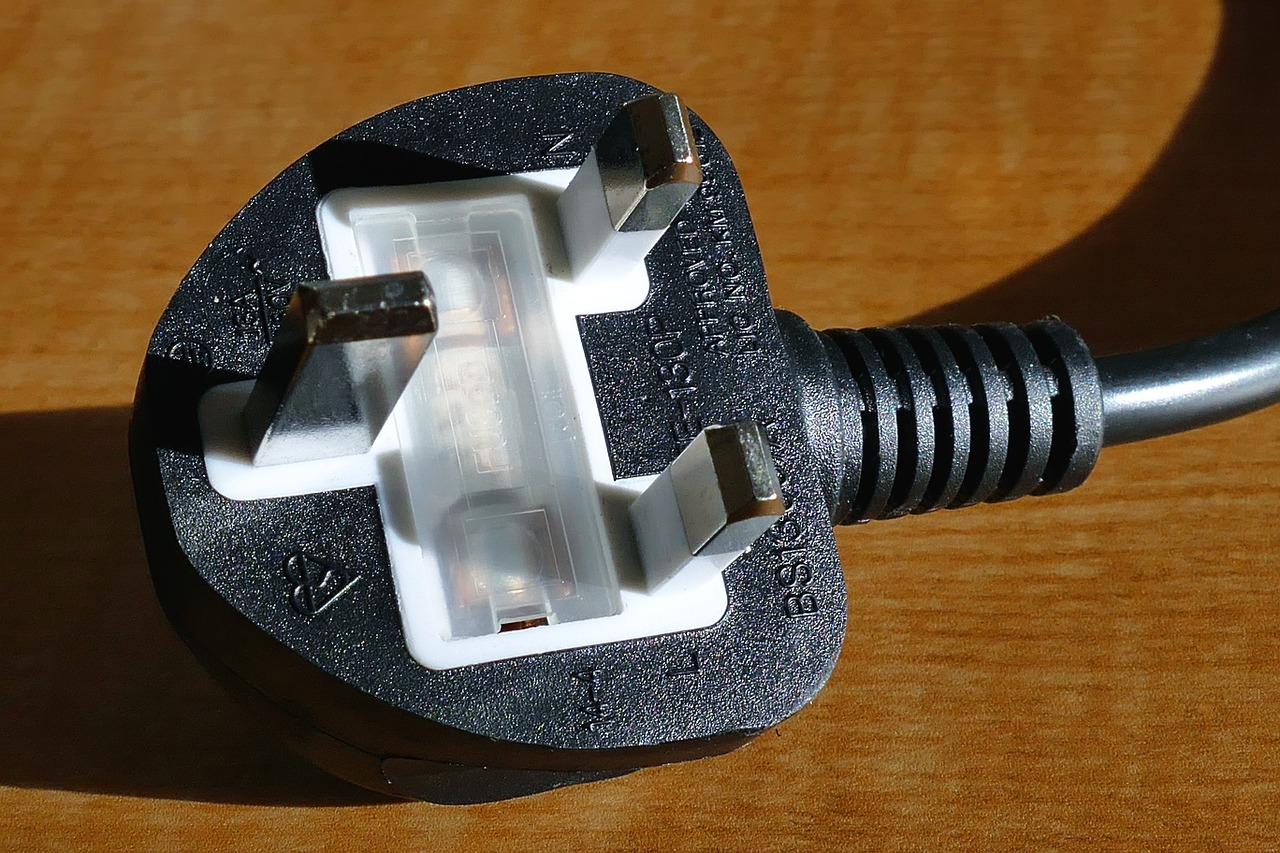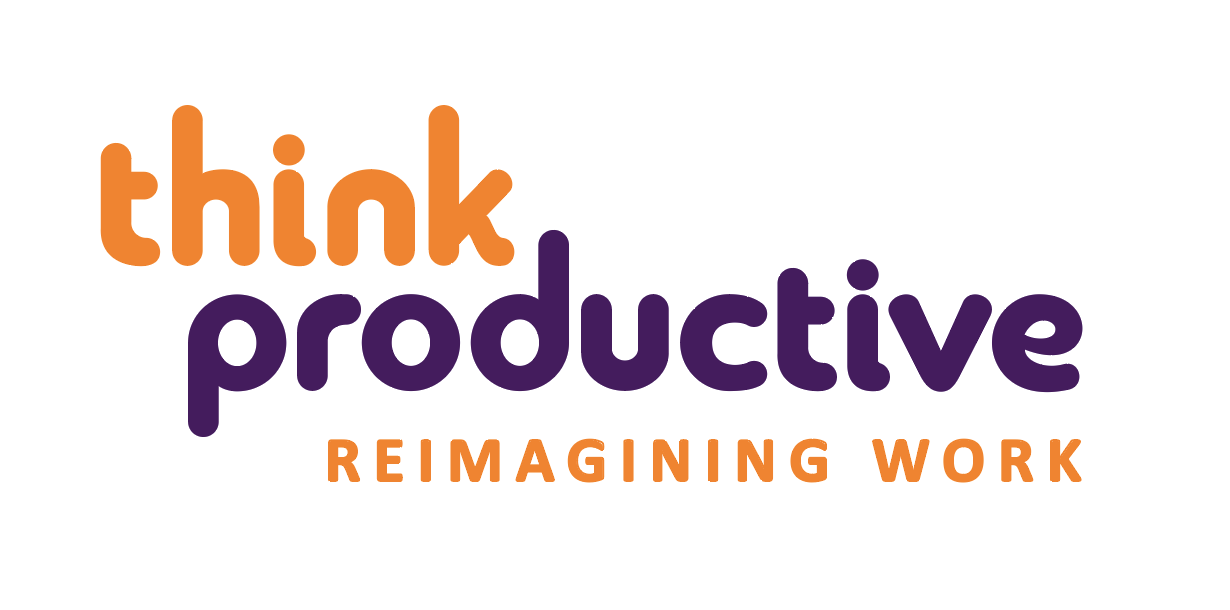If there is one ultimate truth in life, it is that time will go on, and the clock will continue to tick. Our world is very reliant on time. We schedule our day around our timed activities. We plan dates with friends and loved ones, go to bed at a certain hour, and measure our knowledge based on the amount of time that we have been doing something. Time is everywhere, but it is also inevitable, infinite, and unchanging.
Yet so many of us focus on “time management” only to spend hours doing projects, and spend very little time on ourselves. In our culture of ever-constant burnout from the job, it’s important that we shift our focus from managing time to managing our energy. Energy is what keeps us motivated, focused, engaged, and happy. When we spend too much time on draining activities, how can we expect our body to keep up?
To avoid burnout and increase your productivity and happiness, follow these tips on shifting the focus from time management to energy management.

Calendar Control
Shifting your perspective first requires you to build awareness of your energy. What drains you the most? What activities boost your energy or allow you to tap into a state of flow? What additional activities need to be set aside or spaced out so they don’t take over your time?
Start by considering your personal schedule. Are you the sort of person to write down every meeting (work-related or not) and schedule out every part of your day? Or are you the sort of person who just “wings it” and doesn’t really have a schedule to fall back on?

Enforcing personal calendar control can be a beneficial way to get a better grasp of what’s taking up most of your time, and what activities need to be reconsidered. A calendar can serve as a tool for both scheduling as well as a tool for reflection. You can analyze all of your activities and better understand what time of day you have the most energy and which activities drain you the most. It can help you set goals and keep you on track to complete them.
Formatting Your Day around Your Energy
The biggest trick to managing your energy is knowing which projects you need to avoid and which projects you should prioritize. If meetings are only causing you to procrastinate more, or get in the way of your state of flow, then do your best to schedule these meetings away from your more productive times. If you find yourself spending more time on emails and less time on actual work, then force yourself to only check emails in the morning and at the end of the day.
Recognizing these stressors or road blocks is the next step in adapting to energy management. Procrastination, especially, can be a major hamper to our energy flow. We often put off the more heavy tasks, but this can throw off our entire day — making us spend more time on draining activities and less time on the tasks we actually enjoy doing.

To break the cycle of procrastination, organize your tasks from most-to-least important, set appropriate times to complete them, and work on managing the amount of energy you put into those projects. If they’re draining, make sure to place intermittent breaks through the time you need, so as to rejuvenate and re-engage yourself in the task. One study by Drake Baer suggests “unplugging” from the task at hand every 90 to 120 minutes, and taking small breaks to help break up the monotony. If you plan your schedule accordingly, set alarms that can work as a helpful reminder to step away and regain your energy.
Energy Outside of the Office
However, you should also focus your energy outside of the workplace. For many people that work long days and get little sleep, it takes more than rescheduling their work energy to really feel rejuvenated. They also need to focus their time on before-work or after-work activities and take more time for themselves. Refocusing your energy can include sprucing up your morning routines, taking more walks throughout the day, and leaving work on time so as not to get burnt out.

Additionally, are you going to bed at a decent time? Are you exercising and finding a way to relax and unwind after a long day? Are you practicing healthy de-stressing activities such as yoga or meditation? Most importantly, are you truly unplugging from work when you clock off?
The Harvard Business Review tackled the topic of energy management back in 2007, but 10 years later their words still ring as true as ever. HBR wrote on the importance of knowing when you’ve reached burnout and how to issue a course correction to your energy usage. They state: “To recharge themselves, individuals need to recognize the costs of energy-depleting behaviors and then take responsibility for changing them, regardless of the circumstances they’re facing.”

Based on the study that HBR highlights in their article, there are four types of energy: physical, mental, emotional, and the human spirit. All of them can play a role in how engaged we are at work, but many times we only focus on the first two. However, to fully rejuvenate and better manage our energy, we need to consider all four elements. This is why practicing energy management outside of work is so important.
Finding the Time to Manage Your Energy
Time might be finite and play a major role in our lives, but energy is something that needs to be managed. If we spend too much time on high-energy procedures, and not enough time on rejuvenating activities, then we are slowly going to lead ourselves down the path to burnout.
If you’re tired of being tired all day — no energy for work, and no energy to spend time with the ones you love — then it is time to consider shifting your focus. Time will continue to play a major role in your life, but you don’t have to let it be the something you dread. Instead, let your energy be your guide in how you should go about your day. The more energy you preserve, the better you will start feeling, and the sooner you will love your work again.
By Katie McBeth
Katie McBeth is a freelance writer out of Boise, ID. She enjoys reading teen novels, eating mac ‘n cheese, and attending indie concerts in small bars. Her love for reading is only trumped by her love for cats, of which she has three. She also has a dog, and he helps keep her grounded. You can follow her animal and writing adventures on Instagram or Twitter: @ktmcbeth
